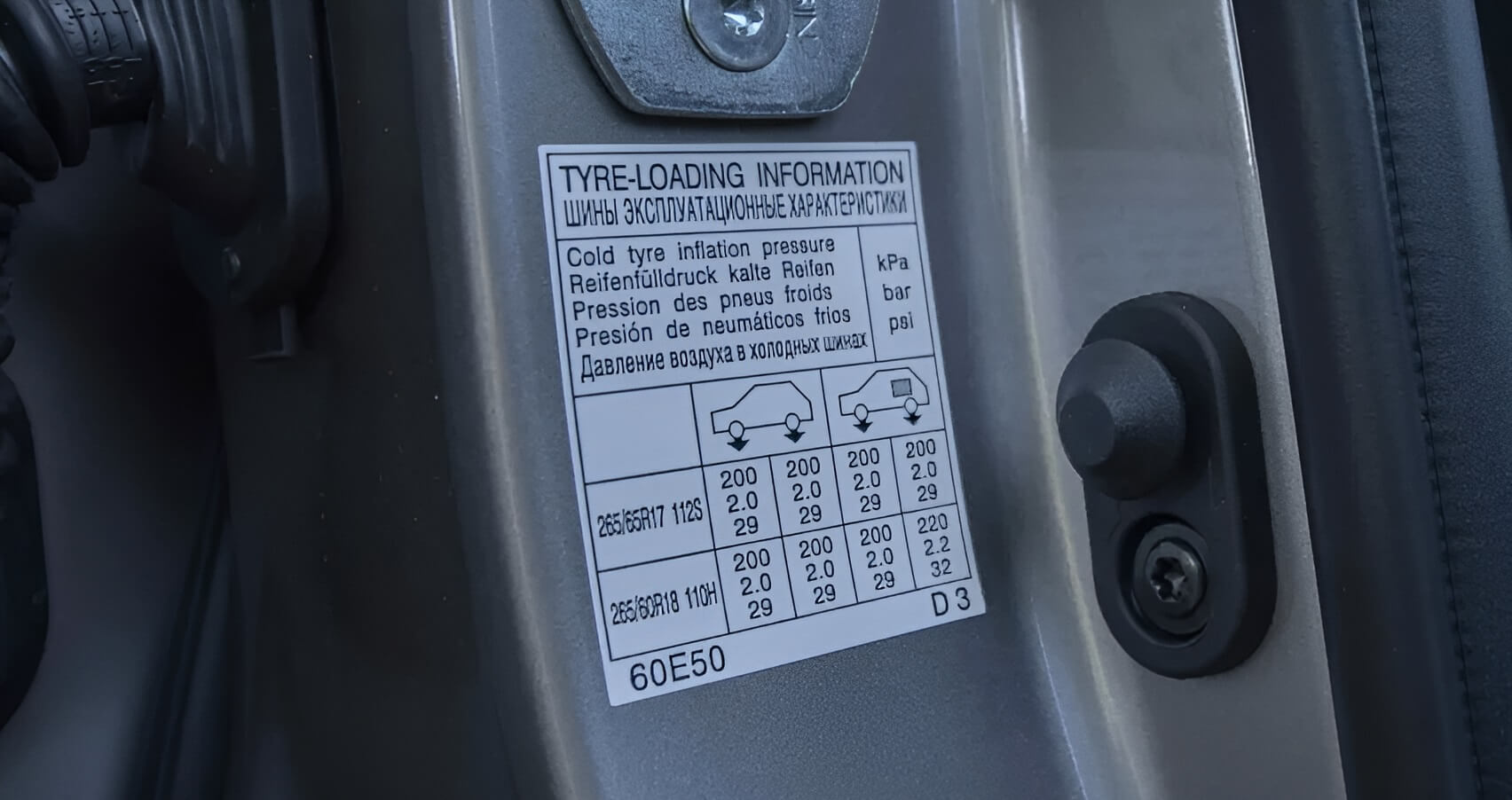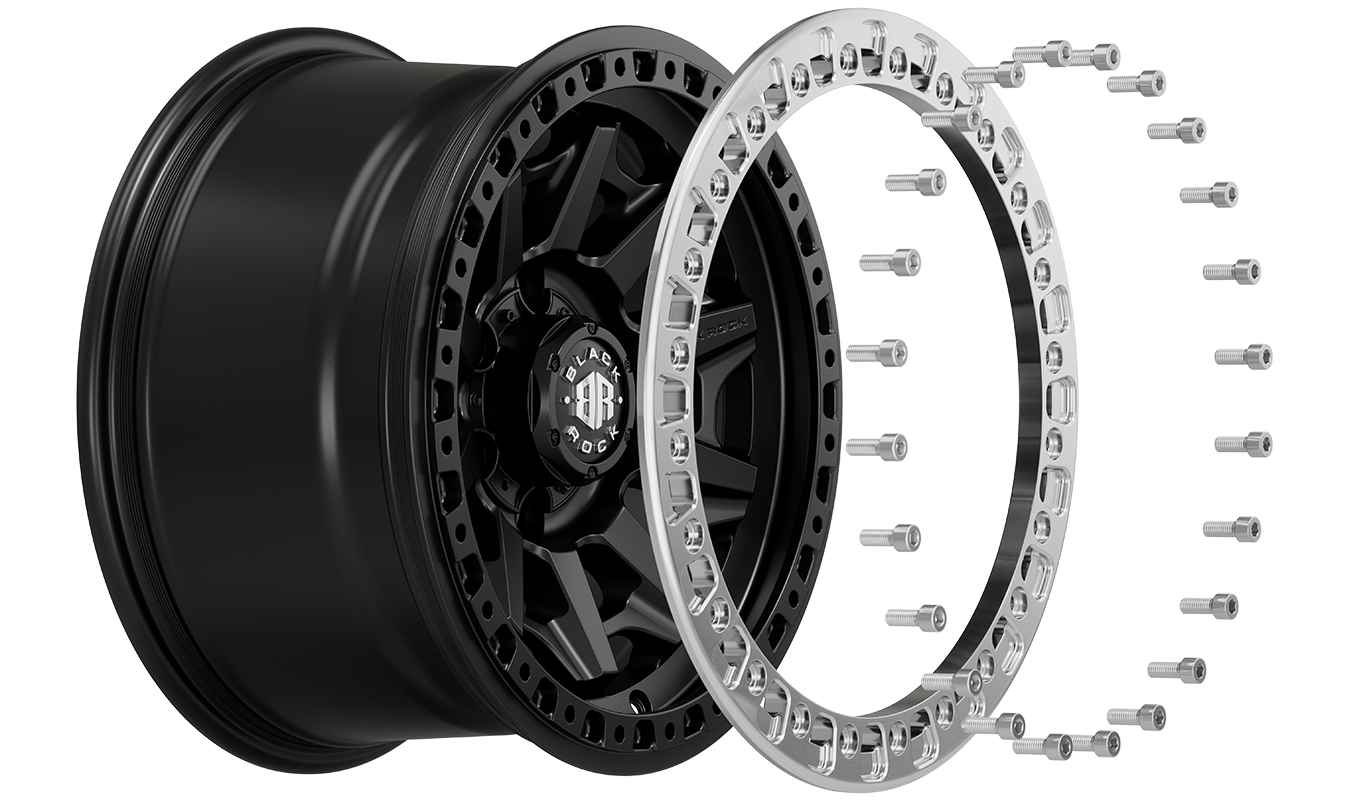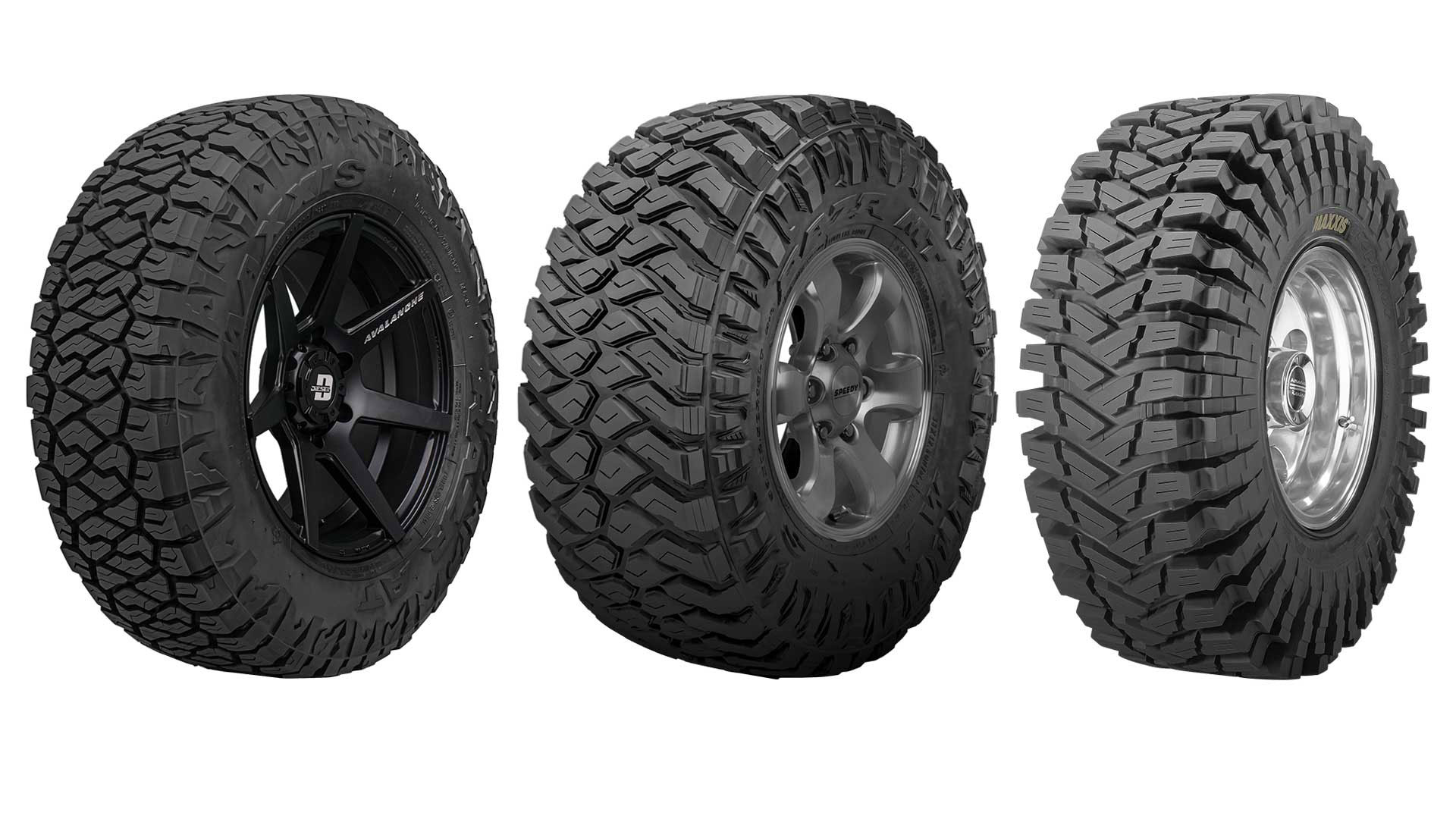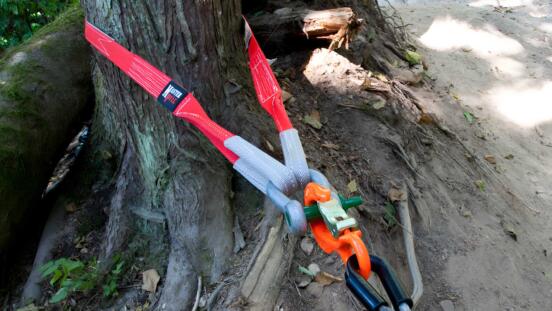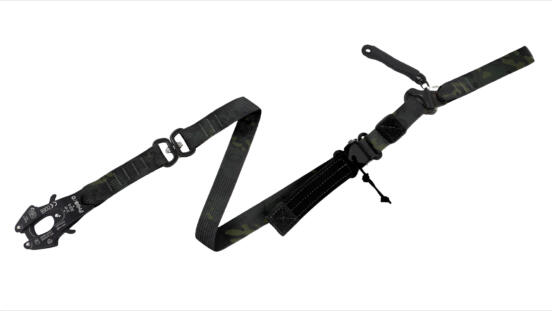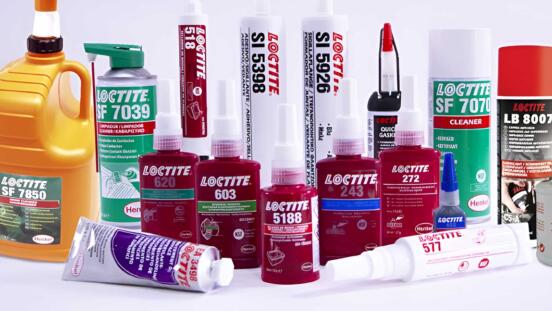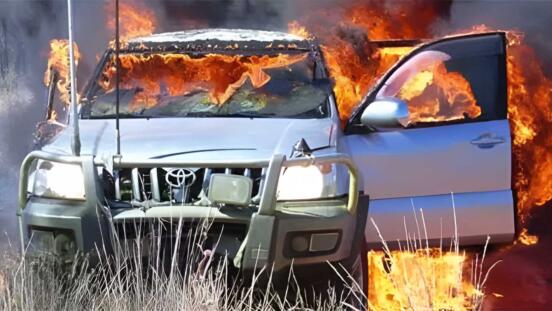Image credit: asapkenya.com
If you're new to off-roading, the first thing you should do, in this wheeler's opinion, is get your head around tire pressures, and the role they play in off-roading and successfully crossing different surfaces.
Something many wheelers are guilty of in their early days is thinking "I've got a four-wheel-drive, I can tackle anything now!", and pulling off the tarmac onto a 4WD track to crack on with the track on tire pressures still set for the roads. At best, this makes for a rough, bumpy ride, and a lot of needless spinning of your wheels. At worst you'll get yourself stuck and need a rescuing.
Having the knowledge and tools to manipulate your tire pressures for the conditions ahead is game-changing; there's no other way to describe it. If I had a stock four-wheel-drive and had to pick a single off-roading accessory, it would be an air compressor (and tire deflator, pressure gauge, etc.)
Ahead of a winch, suspension lift, larger diameter tires, Maxtrax, etc., being able to adjust your tire pressure for the terrain for whatever's ahead can get you further than any of the options mentioned earlier, and get you home when you're done.
Why changing tire pressure matters
Tire pressure affects the rigidity of your tires. A tire inflated to high pressure will be very rigid and want to stay in shape as a circle; it will resist flattening out under the weight of the vehicle.
A tire at low pressure becomes what you'd expect from flexible rubber. It will bend, and flex around shapes, like you can see in the photo above of the tire flexing around the rock.
On the road, there is no one "correct" tire pressure for driving, it's a balancing act.
A higher pressure will create less rolling resistance, as the engine doesn't need to push through the deforming tire, which results in less fuel consumption; think of rolling a fully inflated basketball vs a slightly flat one, the taught ball will roll far from a small push while the flatter one will stop rolling quickly and you will need to push it again (use more fuel).
On the flip side, higher pressure means a smaller contact patch on the road as the tire cannot flatten out as much to mold with it; this means less traction, and poorer cornering and braking performance.
A lower pressure creates a larger contact patch with the road, which will increase traction and braking performance but this also increases rolling resistance as explained above. Lower pressure can also negatively impact steering; as your tires can now flex sideways more, steering responsiveness and stability can be reduced.
In the worst-case scenario, if your tires are too low a sharp turn can result in the tire coming off the bead completely, creating an instant flat. Obviously, this is something you never want, especially at speed on the road.
What should your tire pressure be?
As already said, there is no one "correct" tire pressure for driving, you need to strike a balance between the above.
A suitable pressure for your particular vehicle will vary depending on its weight, and this can vary dramatically. As a few very loose examples:
- A vehicle of modest weight, something like a Toyota Prado, will specify around 30 PSI.
- Something more heavy-duty and expected to have a bit of cargo, something like the Toyota 70 series, will specify around 40 PSI.
- Vehicles on the larger end of the scale, like the Dodge Ram 2500, will specify somewhere around 50 PSI.
Check the inside of your front doors. There will be a sticker on the door frame with recommendations for your vehicle.
You'll also find recommendations for when the vehicle is 'unloaded' and 'loaded', as well as different ratings for front and rear. A ute with an empty tray needs less pressure in the rear tires than one with half a tonne in the back. On bitumen, following your vehicle manufacture specs is a safe bet.
Off-roading tire pressures
Obviously, the circumstances and challenges of off-road driving are completely different from tarmac. You have uneven terrain, and loose surfaces, but will be moving and much lower speeds than on the road.
Trying to cross sand, much, loose shale, wet rocks, and so on, you're sure to come undone sooner or later. With the smaller contact patch and inability to flex around objects with tires at road pressure, you're going to be spinning your wheels, sliding, or getting bogged down across everything.
What pressures will work best for you and your vehicle in different situations is something you'll have to experiment with yourself, but the following should provide you with a solid starting point.
Gravel roads - For reasonably flat, smooth gravel roads you really don't require much change. Obviously with the loose surface cornering and braking ability are reduced, just manage your speed as common sense dictates. 40 PSI is fine for this, though lowering your tire pressure to 30 PSI will provide a more comfortable ride for the blips and bumps that you will encounter.
Rocky surfaces and rock-crawling - For rocks, you want more flex in your tires to be able to wrap over and grip them, 25 PSI should serve you well here as a start. If you're dealing with wet or mossy surfaces, drop to 20 PSI for more grip. You might need to go lower but need to be cautious about going too low to avoid knocking your tire off the bead (more on this in a bit).
Sand - Sand can vary a lot, and can be one of the trickiest to master. On firm, densely packed sand tracks 25 PSI should get you though. Just practice gentle acceleration when taking off, and apply slow braking when stopping to avoid digging down and getting bogged.
On soft and fine powder sand, you will probably want to be somewhere in the 18 - 12 PSI neighborhood. Be cautious of sharp turns at 12 PSI or lower though, as you're at levels now where it's possible to pop the tire off the bead with too much side-pressure. Keep your turns smooth, and you shouldn't have much to worry about.
A great addition to any off-road that's going to be playing at low pressures is wheels with bead locks. Conventional tires are held on the rim with just the air pressure contained within. Bead lock wheels include an additional mechanical ring that clamps the tire to the rim. See the below Black Rock Cage wheels as an example:
In theory, you can run your tires at 0 PSI and they shouldn't come off. Unfortunately, though, there are many places where Bead lock wheels are not legal, and so this isn't an option for all drivers.
An alternative worth noting though is Method's "Bead Grip" line of wheels; Instead of a mechanical locking ring, Methods Bead Grips have a different groove system that requires higher pressure to seat the tire, making them more resistant to de-beading under low-pressure side impacts.
Patented Bead Grip® technology aims to be the bridge between a conventional street wheel and a beadlock, which is often not legal for highway use. Reducing air pressure in the tire increases traction and ride quality while on the trail. The ability to safely run lower pressures without having to worry about the tire de-beading — along with staying highway legal — will undoubtedly be a bonus to off-road enthusiasts. The integrated Bead Grip grooves, found on both the inner and outer bead seat, engage the tire bead for a stronger hold under extreme side load and lower air pressures. The wheel’s 'safety hump' also gets a more aggressive profile which further stabilizes the tire bead in the seat.
Check them out if Bead Lockers are not an option for you.
Corrugated roads - There's no other way to say it: corrugated roads suck. Miles of teeth-rattling vibration will make any journey a headache. While not so much a matter of traction, airing down on corrugated roads will make your ride much more comfortable. Try taking 15 PSI off whatever your normal road tire pressure is on a corrugated road and feel the difference, you'll be glad you did.
Mud - If there's some surface mud, but with a hardpacked bottom that's reachable, 25 PSI should get you through. But obviously, the softer and sloppier it gets, the more you will need to air down. As already covered in the sand section, 18-12 PSI is a sensible range, but be cautious again of debeading your tires.
Debeading is also more likely in mud, as on sand there's nothing to push on the tire other than pressure from a sharp turn. If you're slopping through mud ruts you're going to impact branches, rocks, or rut walls somewhere along the way that can physically knock the tire off the bead.
Some off-roaders make the case that higher tire pressure is actually better for mud, the theory being that it keeps the tire in shape which allows the tread grooves to stay open and spin off mud, but personally, I've found this to be an old wives' tale.
You don't need to be a materials engineer at BFGoodrich to know that a tire that isn't even mounted, with zero air pressure inside, stays round. Of course, the bottom of the tire will compress, closing the tread, but this is going to be submerged in the mud at the time, it's not spinning off anything.
As soon as the tire rotates to a side position and is free of that load, it will return to its native round shape and with enough rotation speed the tread will clear itself of mud with no problem.
Tire construction and pressures
A final thing to note is the construction of your tires, as this can move the slider on what the appropriate pressure for your circumstance will be. Below, from left to right, you will see the Maxxis Razr All-Terrain AT811, Mud-Terrain Razr MT772, and M8060 Trepadors.
Maxxis rates these tires as follows:
- AT811 All-Terrain: 60% on-road / 40% off-road.
- MT772 Mud-Terrain: 15% on-road / 85% off-road.
- M8060 Trepador: 100% off-road.
As you can see, one of the key differences as you go up the line in off-road tires is the increasingly aggressive sidewall. The sidewalls on the Trepador's are thick, and this makes them rigid.
At equal pressures, these will flex significantly less than the All-Terrain 811 tires, and you would need to lower the pressure further to achieve the same amount of flex in the Trepadors that you would get from the All-Terrain with the more flexible sidewall.
This is a bit of an exaggerated example, as Trepadors are designed for off-road competition use and aren't something you'll find on many recreational four-wheel drives, but the same will be true of any tire depending on the rigidity of its sidewall. It's just another small factor you'll have to experiment with yourself and see what works best for your setup.
Read section again:
Why changing tire pressure matters
What should your tire pressure be
Off-roading tire pressures
Tire construction and pressures
# Tire pressure for mud, tire pressure for rock crawling, tire pressure for driving on sand, off-road tire pressure guide, best 4x4 tire pressure.


